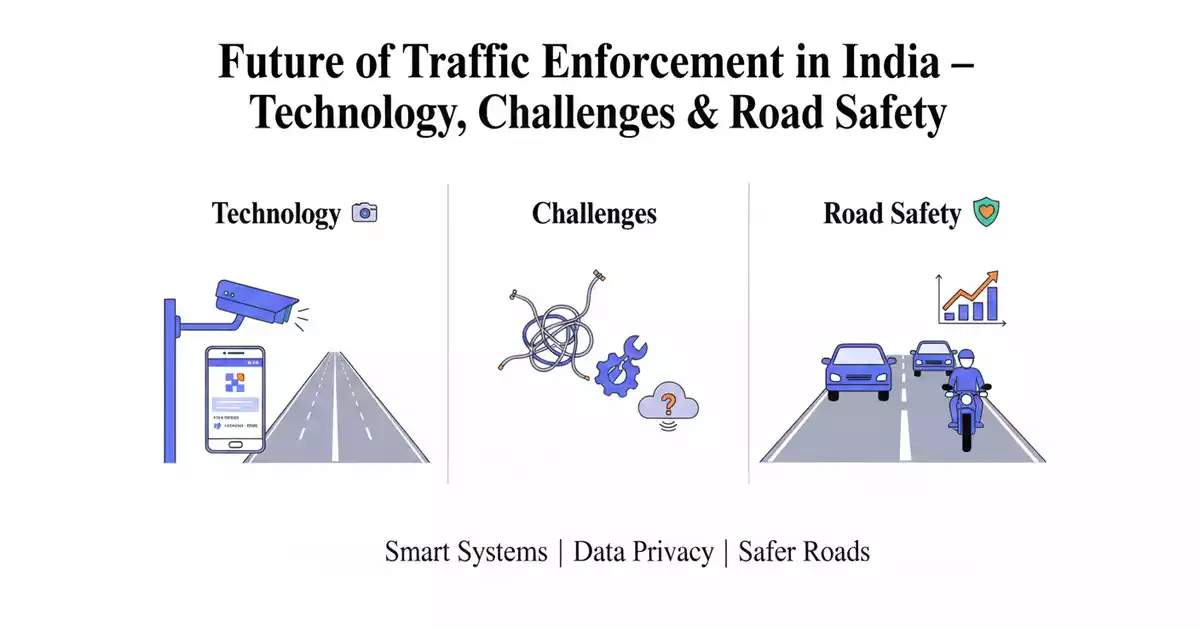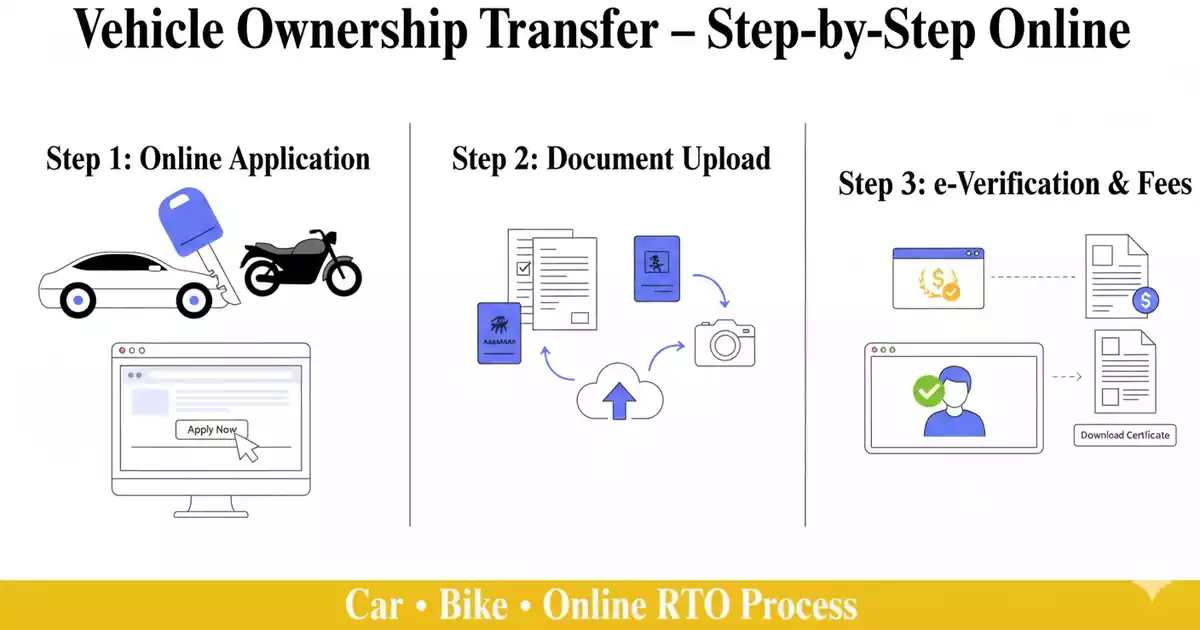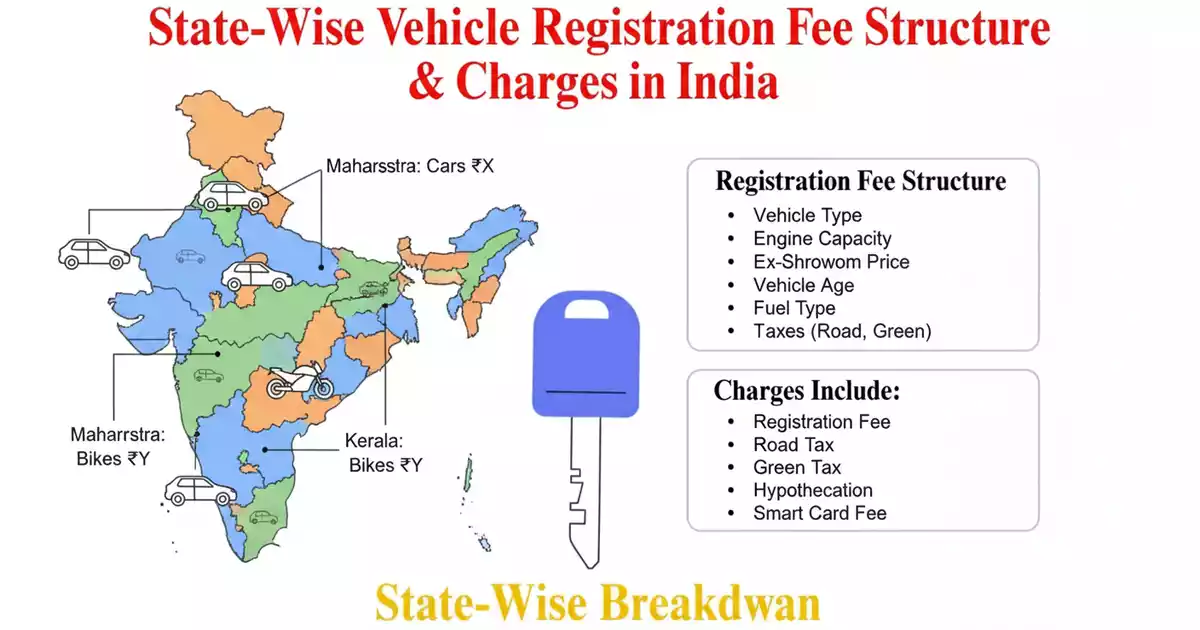Future of Traffic Enforcement in India – Technology, Challenges & Road Safety
India’s roads are among the busiest in the world, with millions of vehicles plying daily. Along with this growth comes a major challenge—traffic violations. Overspeeding, drunk driving, signal jumping, and lack of helmet or seatbelt usage remain common. Traditionally, traffic enforcement relied on manual policing, but with increasing urbanization and traffic density, this method is proving insufficient.
The future of traffic enforcement in India is leaning heavily towards technology-driven solutions. From AI-powered surveillance to digital e-challan systems, the next decade will transform how authorities manage road safety and law enforcement.
1. Current State of Traffic Enforcement in India
Today, traffic enforcement in India is a mix of manual checks and technology-driven monitoring. Key highlights include:
- Manual police checkpoints for documents, helmets, and seatbelts.
- Speed radars and breath analyzers for overspeeding and drunk driving.
- CCTV-based monitoring at major junctions.
- e-Challan system, where fines are digitally issued through ANPR (Automatic Number Plate Recognition) cameras.
Despite progress, challenges like corruption, limited manpower, and outdated systems still exist.
2. Why India Needs Smarter Traffic Enforcement
India has one of the highest road accident rates globally. According to government data, over 150,000 fatalities occur annually due to road accidents. Smarter enforcement is needed because:
- Manual policing is limited – Not enough officers for huge traffic volumes.
- Human error and corruption – Leads to unfair practices and missed violations.
- Urban congestion – Cities like Delhi, Mumbai, and Bengaluru demand advanced solutions.
- Behavioral change – Technology can discourage violations by ensuring accountability.
3. Role of Technology in Future Traffic Enforcement
The future lies in digitization and automation. Key technologies include:
a) AI-Powered Surveillance Cameras
- Detects overspeeding, red light jumping, and illegal lane changes.
- Works 24/7 without human intervention.
- Uses facial recognition to identify drivers not wearing helmets/seatbelts.
b) Automatic Number Plate Recognition (ANPR)
- Captures number plates and links them to the RTO database.
- Helps in issuing instant e-challans.
- Useful for catching stolen vehicles.
c) Drone Surveillance
- Drones monitor traffic during festivals, rallies, and peak congestion.
- Helps in quick response to accidents or traffic jams.
d) Smart Traffic Signals
- AI-based signals adjust timings depending on traffic density.
- Reduces congestion and improves vehicle flow.
e) GPS & IoT Integration
- Real-time tracking of public transport and commercial vehicles.
- Helps authorities monitor compliance with road safety rules.
4. Digital e-Challan System – A Game Changer
The e-Challan system is already active in most states and is set to expand further.
- Linked with RTO databases, insurance, and vehicle details.
- Fines can be paid online via net banking, UPI, or apps.
- Prevents corruption by reducing cash transactions.
- Creates a digital record of violations, useful for repeat offenders.
Future upgrades may include:
- Integration with FASTag for auto-deduction of fines.
- Penalties linked directly to insurance premiums for unsafe drivers.
5. Smart Policing & AI Integration
Future enforcement won’t just rely on cameras—it will also include smart policing tools:
- Body cameras for traffic police to ensure accountability.
- AI dashboards to analyze traffic violation trends.
- Predictive policing models to deploy resources in high-risk zones.
6. Challenges in Implementing Future Traffic Enforcement
While the technology is promising, India faces hurdles:
- High Cost – Advanced AI systems and smart signals need huge investments.
- Privacy Concerns – Facial recognition and GPS tracking raise surveillance debates.
- Data Security – Protecting sensitive driver and vehicle data is crucial.
- Digital Divide – Rural areas may not adapt quickly.
- Legal Framework – Laws need to evolve to accommodate AI-based evidence.
7. International Models India Can Learn From
Countries like Singapore, UAE, and UK offer models India can adapt:
- Singapore – GPS-based congestion pricing for vehicles.
- UAE – Fully automated AI traffic enforcement with zero manual policing.
- UK – Integrated vehicle insurance and violation penalty systems.
India can adopt similar integrated, automated systems while tailoring them to local needs.
8. Future Roadmap – What We Can Expect
The next decade may bring:
- Unified Digital Traffic System – One national platform linking RTO, police, insurance, and tolls.
- AI-based Risk Scoring for Drivers – Points system affecting insurance and licensing.
- 100% Automated Enforcement in Smart Cities – Reducing manual policing.
- Greater EV & Autonomous Vehicle Regulations – Special rules for electric and driverless cars.
- Public Awareness via Tech – Apps providing real-time traffic violation alerts.
Conclusion
The future of traffic enforcement in India is clearly moving towards a technology-first approach. With AI cameras, e-challan systems, and GPS-enabled monitoring, manual policing will gradually reduce. However, for these systems to work effectively, India must also focus on infrastructure, legal reforms, and public cooperation.
Smarter enforcement will not only reduce accidents but also build a culture of road discipline, making India’s roads safer for everyone.
FAQs
1. Will traffic police be replaced by technology?
Not entirely—technology will support and reduce manual work, but human presence will still be needed.
2. How do e-challans work in India?
Cameras detect violations, match number plates with RTO records, and automatically generate digital challans.
3. Can AI detect helmet and seatbelt violations?
Yes, advanced AI cameras can identify such violations with high accuracy.
4. Are drones already used in traffic monitoring?
Yes, drones are being tested in cities like Delhi and Bengaluru during peak traffic.
5. Will future fines be linked to FASTag or insurance?
Yes, the government is considering linking fines directly to FASTag and insurance records for stricter enforcement.



